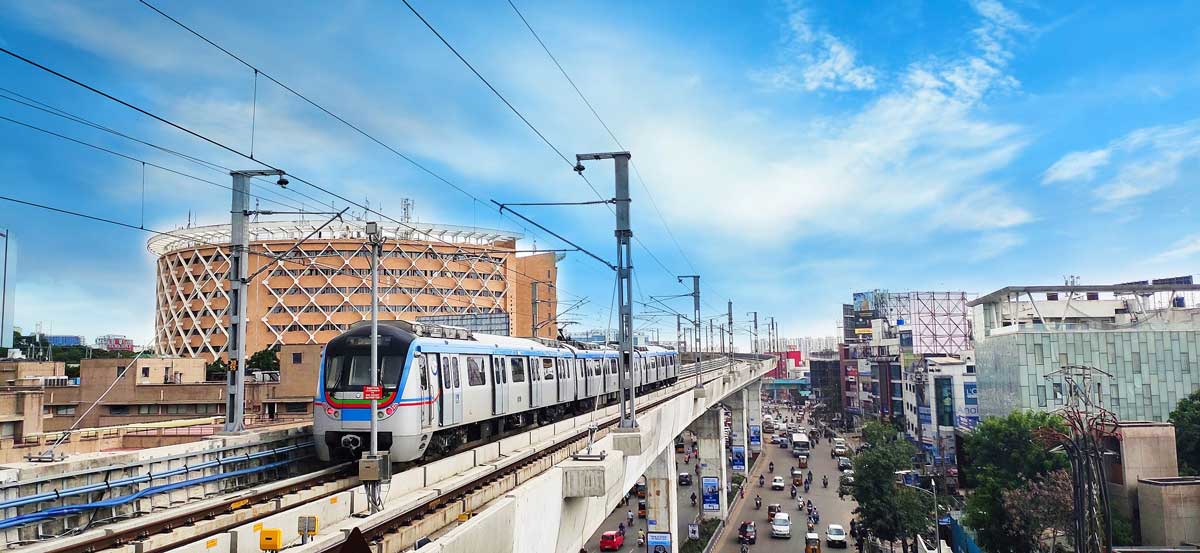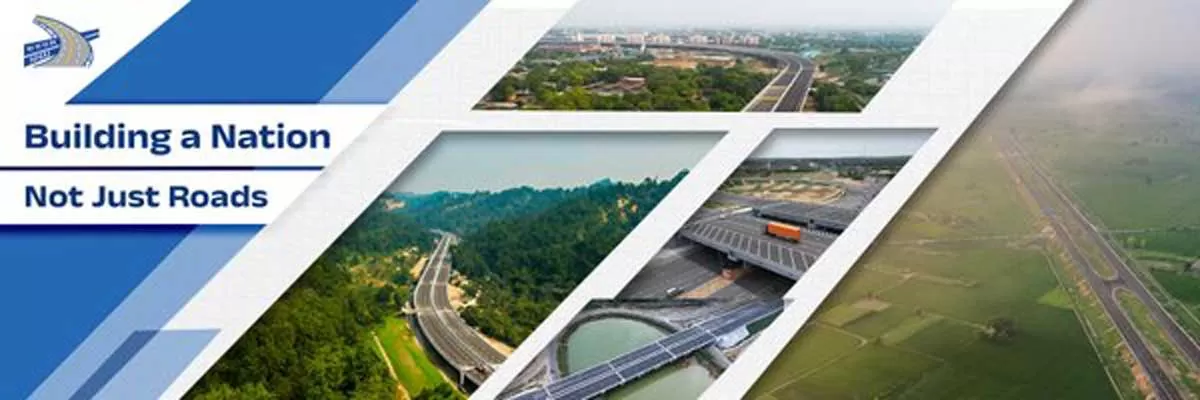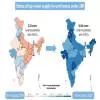
A Paradigm Shift on the Anvil for India’s Mass Rapid Transit System
Read full article
CW Gold Benefits
- Weekly Industry Updates
- Industry Feature Stories
- Premium Newsletter Access
- Building Material Prices (weekly) + trends/analysis
- Best Stories from our sister publications - Indian Cement Review, Equipment India, Infrastructure Today
- Sector focused Research Reports
- Sector Wise Updates (infrastructure, cement, equipment & construction) + trend analysis
- Exclusive text & video interviews
- Digital Delivery
- Financial Data for publically listed companies + Analysis
- Preconceptual Projects in the pipeline PAN India

NHAI Completes Record Rs. 180 Billion InvIT Monetisation
The National Highways Infra Trust (NHIT), set up by NHAI, has completed its fourth round of fund-raising at an enterprise value of Rs. 183.8 billion (bn), marking the largest monetisation deal in India's road sector. This brings NHIT’s total realised value across four rounds to over Rs. 460 bn.In this round, NHIT secured Rs. 83.4 bn in unit capital from domestic and international investors and Rs. 100.4 bn in debt from domestic lenders. The funds will be used to acquire highway stretches in Andhra Pradesh, Uttar Pradesh, Uttarakhand, Gujarat, and Chhattisgarh at a concession value of Rs. 177..

Captech Technologies Names Sakshi Katyal as Co-Founder to Lead eFORCE
Captech Technologies has appointed Sakshi Katyal as Co-Founder to strengthen eFORCE, India’s first labour management platform. With over 25 years of experience across construction procurement, fashion, gems and jewellery, and merchandise, she brings strategic expertise to the company’s leadership.Katyal will focus on enhancing eFORCE’s usability and market reach, improving workforce deployment, grievance redressal, and transparency for construction professionals.“As Co-Founder, Sakshi’s leadership will elevate eFORCE, making labour management smarter and more efficient,” said Asuto..

L&T Secures Its Largest Offshore Hydrocarbon Contract
Larsen & Toubro (L&T) Hydrocarbon Business has won its largest-ever offshore contract from QatarEnergy LNG for the North Field Production Sustainability Offshore Compression Project (NFPS COMP 4).The contract covers engineering, procurement, fabrication, installation, and commissioning of two offshore compression complexes, each featuring large platforms with compression and power generation facilities, living quarters, flare platforms, and interconnected bridges. These will be located 80 km off Qatar’s northeast coast.“Securing QatarEnergy LNG's Ultra Mega Offshore Contract—the ..














